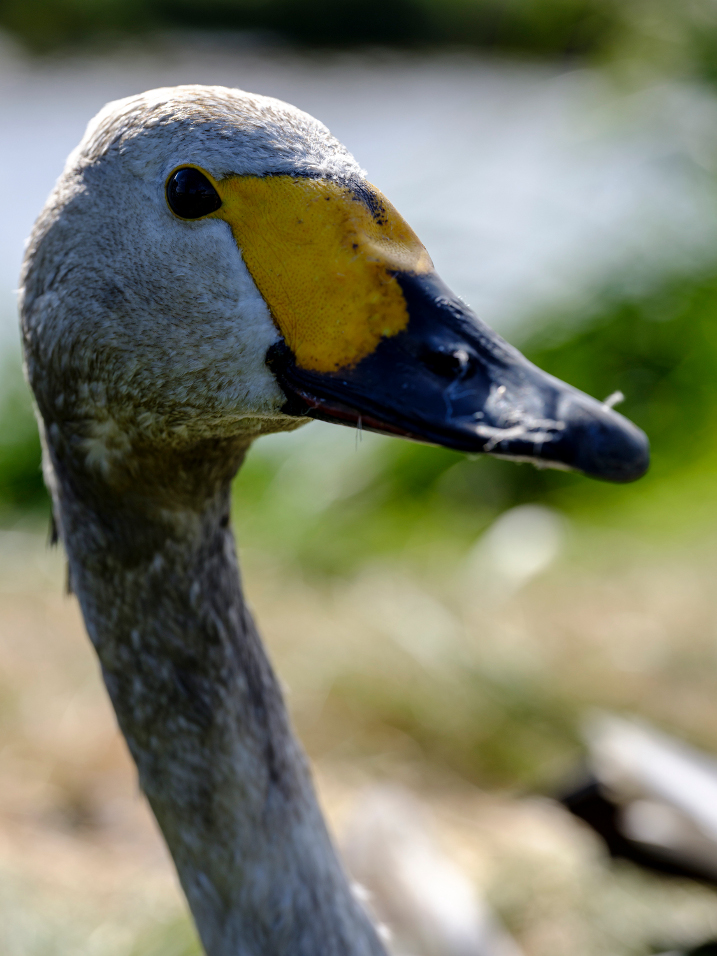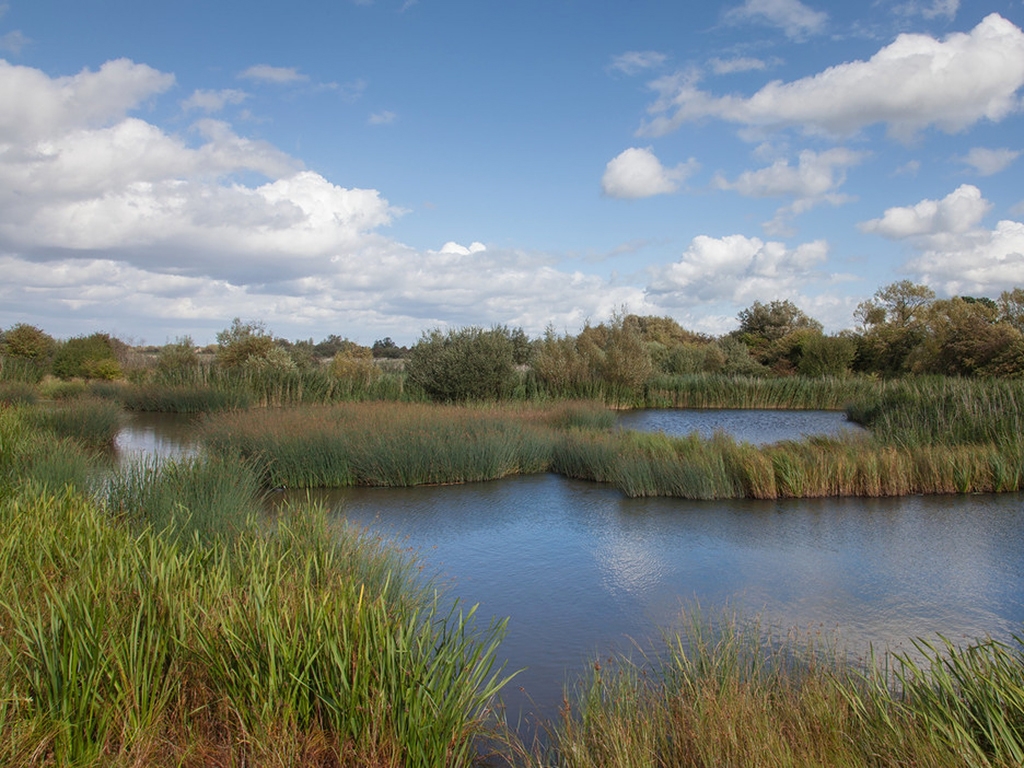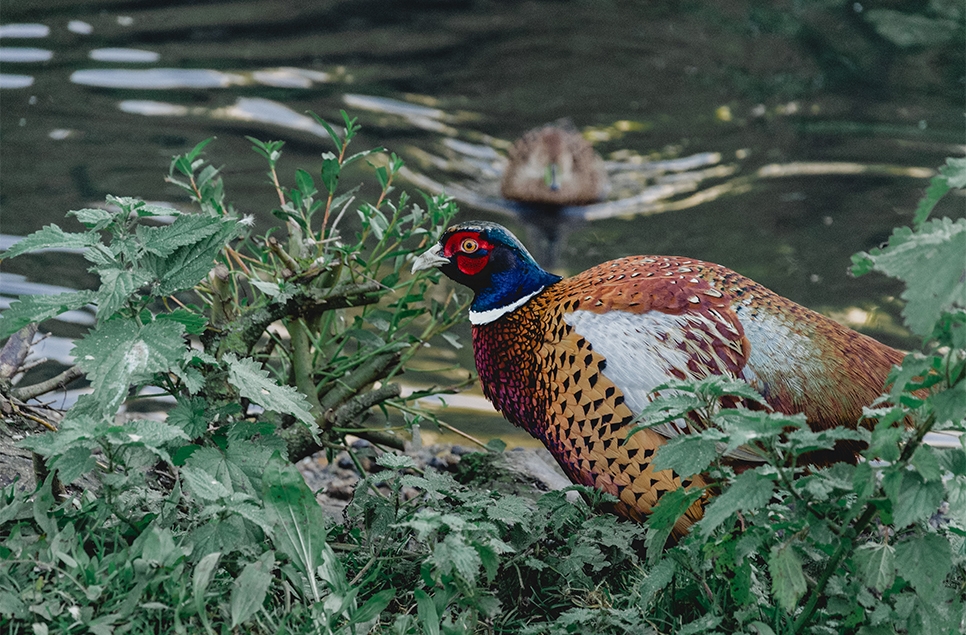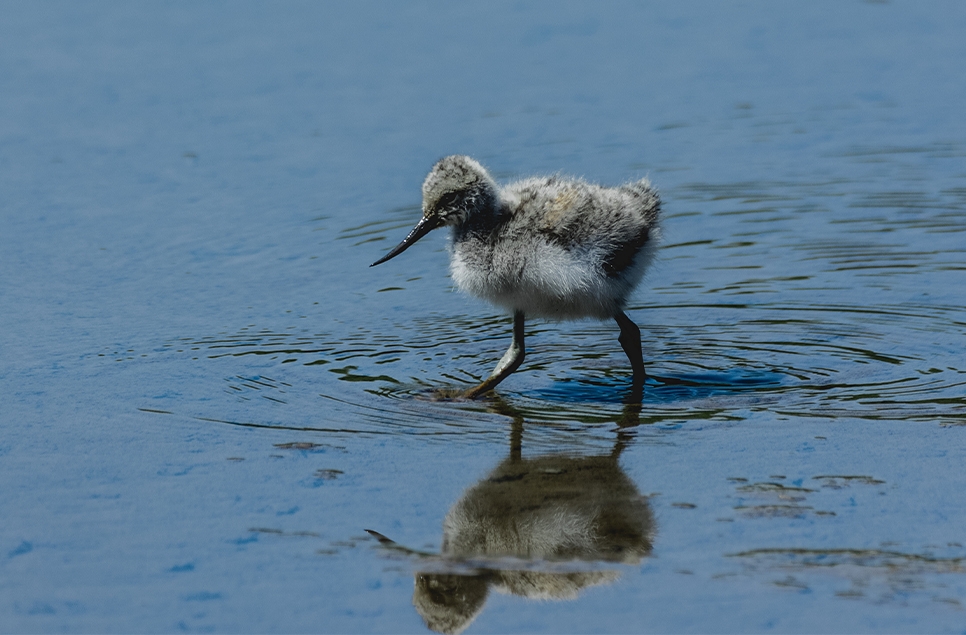Early observations indicate a poor breeding season for the Bewick's swan
Our experts travelled over 2000 miles to the tundra to ring Bewick’s swans but sighted just one cygnet over nine days.
The team managed to tag 86 of the magnificent birds but are concerned unseasonably cold weather may have affected numbers.
However they will have to monitor wintering flocks before a conclusion can be reached.
Kane Brides, monitoring assistant at WWT Slimbridge, explained:
“We would usually expect to see 30 to 40 cygnets in our study area but only saw one. The bird was very small which suggests a delayed start to the breeding season.
“This could be related to the weather. There was snow and very cold temperatures in the second week of July out there which may explain why, but we need to wait and determine the proportion of cygnets in the wintering flocks before coming to a final conclusion on the swans’ breeding success in summer 2017.”
Ringing Bewick’s swans is vital. Understanding how they breed, feed and migrate give us a better understanding of how to protect them.
He added:
“If we can monitor Bewick’s swans and determine the reasons for any changes in their distribution, migratory patterns, survival and breeding success we can better safeguard them through our conservation work. This is part of WWT’s ongoing commitment to Bewick’s swans.”
The team, along with staff from the Nenets Nature Reserve, caught 95 birds in total including five whooper swans and four mute swans.
The swans were caught by targeting non-breeding birds in large flocks, using a boat and a large net.
WWT and partners have plenty of experience, having ringed swans at their wintering sites since the 1960s and in arctic Russia since the 1990s. But it’s far from straightforward.

The journey, timed to coincide with the birds’ annual moult, covers near-impossible terrain. For several weeks, between mid-July and mid-August, the birds replace their tail and flight feathers rendering them flightless, making them easier to catch.
However this still involves a long and arduous boat trip to where the flightless birds are relatively undisturbed and safe from predators. Then armed with just a net, our ringers must balance precariously over the boat whilst our Russian colleagues man the motor.
Once the swan is caught, it is wrapped in a special jacket designed to protect them while their biometrics are measured.
A metal ring carrying the bird’s unique code and address where to report the sighting is then attached followed by a second brightly coloured plastic ring to make identification easier.
Swans are incredible animals and thanks to our ringers and the people who report sightings, we’ve been able to paint a clearer picture of the individual lives of these birds.
If you spot a colour-marked Bewick’s swan, send the details of their ring number and colour along with the date and location of the bird, observer name and contact details to colourmarkedswans@wwt.org.uk.
Our scientists also took sediment cores and water quality samples from several lakes and ponds used by the swans in the region. They plan to analyse the cores for an assessment of the effects of climate on changes in habitat and food supply over time.
The expedition would not have been possible without the help and active participation of Russian colleagues from the Nenetskiy Nature Reserve, who have been protecting this important breeding and moulting area for the swans and many other waterbirds species since the area was designated as a State Nature Reserve by the Russian Government in 1997.


